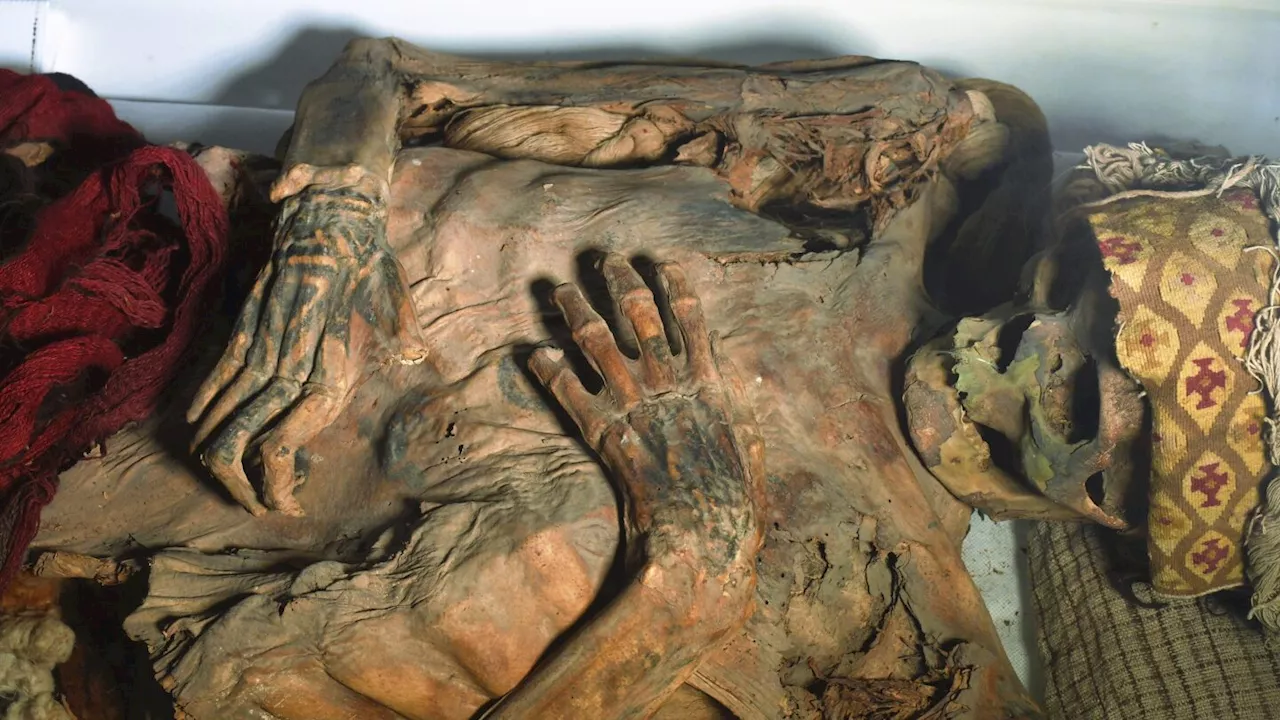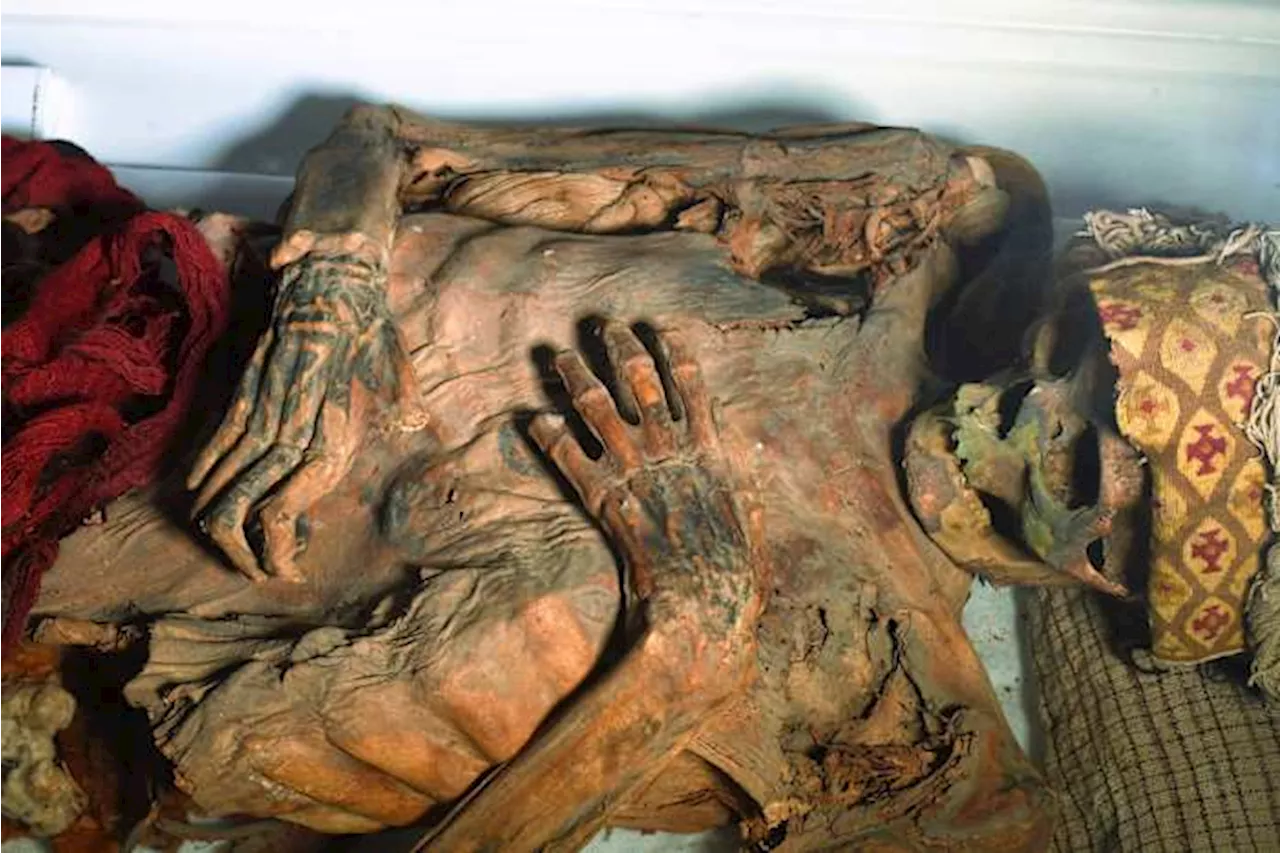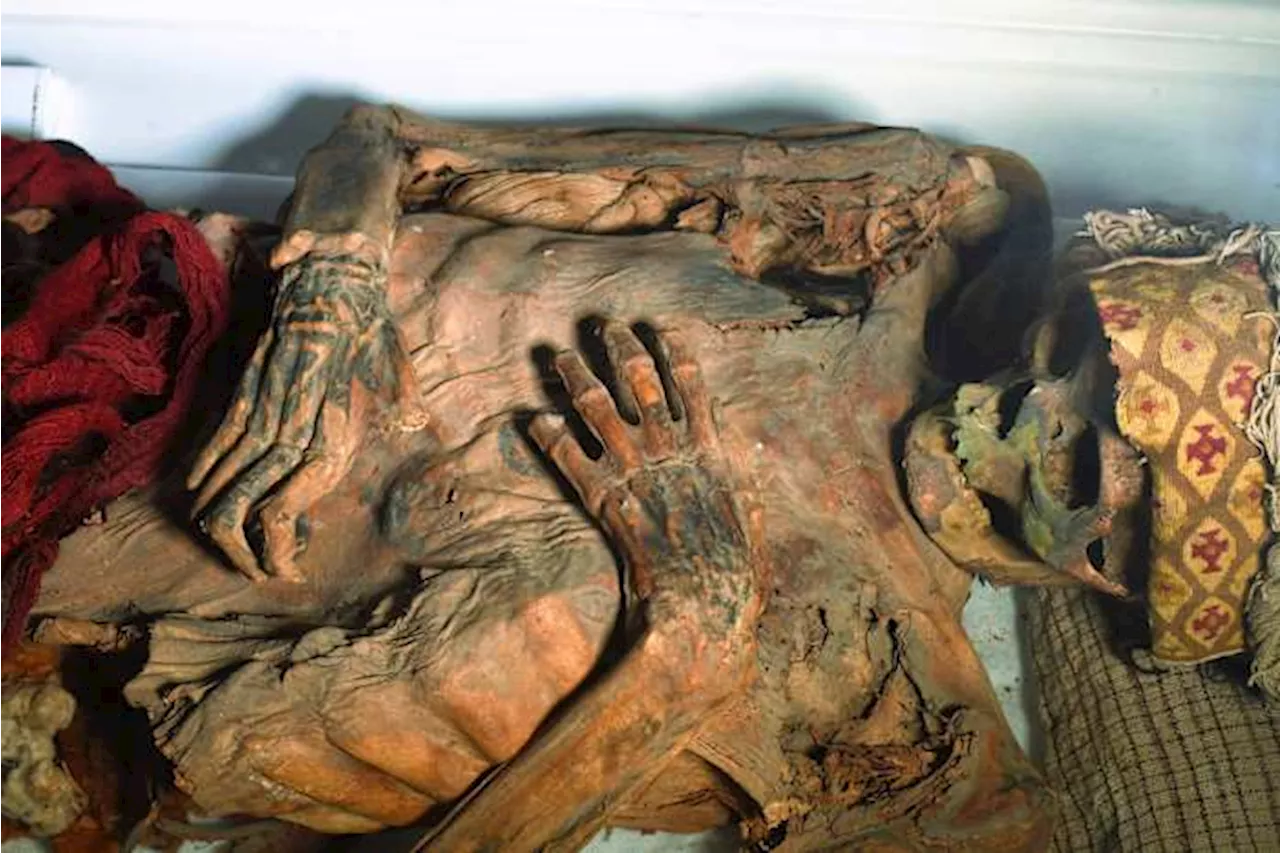This article explores the surprising Latinx heritage of the beloved children's bear, Paddington. It delves into why his story resonates with many Latine immigrants, the representation he provides, and the growing recognition of his Peruvian roots both in the UK and Peru.
I love asking people this question. When I do, I get all kinds of reactions: Confusion, skepticism, laughter. My favorite one is seeing how excited people get. More often than not, I’ve found that those in my community already know this about the famous British bear, and those who don’t can’t wait to hear me explain further. Of course, it’s easy to see why the general public wouldn’t naturally associate Paddington with his Latine origins.
Since the animated character made his film debut in 1975, he’s often been associated with London, where his story largely takes place. The film begins with the bear leaving his home in “darkest Peru” after an earthquake forced him to seek refuge in London, carrying nothing but a suitcase, a jar of marmalade, and a tag that reads, “Please look after this bear.” He arrives in the United Kingdom at Paddington Station with no plans and without a home. That’s when the Brown family, who are also at the station, spot the adorable bear and decide to take him in. Having only his Peruvian bear name, Paddington, he is soon embraced by the British way of life. The first time I saw this movie, I watched it with my mom, an elementary school teacher who, even as an adult, has always been a fan of animated children's films. As we watched the opening scene, where Paddington is seen with his family in Peru, we both had visceral emotional reactions to what we were watching unfold. In one scene, viewers see Paddington’s Aunt Lucy and Uncle Pasttuzo being taught English by a British explorer. It’s an uncomfortable detail that non-Latine viewers might not think too much about but feels incredibly relatable for many of us who come from Latin America: the moments when colonizers, gentrifiers, tourists, or missionaries try to ease their anxieties around our alleged otherness by attempting to make us more like them on our own land. 'I was instantly captivated and felt represented for the first time. This little bear and I shared the same beautiful culture. From that moment on, I made sure all my friends knew where Paddington was from.'While imperfect, for many Latine immigrants, Paddington’s story resonates. “My family and I emigrated from Peru to the U.S. when I was 3 years old,” Maritza, 35, tells Somos. As is unfortunately still the case for Latines, she notes that she didn’t grow up with much representation in the media, especially not of Peruvians. “But in the third grade at a Scholastic Book Fair, I picked up a book titled ‘A Bear Called Paddington,’” Maritza continues. “I was instantly captivated and felt represented for the first time. This little bear and I shared the same beautiful culture. From that moment on, I made sure all my friends knew where Paddington was from.”is seriously lacking for our communities. And while a bear living in London who has a strong British accent and is voiced by a non-Latine actor probably wouldn’t be my first choice (no matter how darn adorable he is), it is one that stuck. It’s also one that has the capacity to be enjoyed by so many people of all ages, opening the floor for people to feel seen. “What makes Paddington relatable as we know him now in the modern movies is that he's from Peru and he looks and sounds as British as any other person in those movies,” explains freelance journalist Tess Garcia.'That's a reality for many people of Latino origin. You can be born somewhere or have parents who are born somewhere and be as enmeshed in the culture of the place you were raised in as anyone else. I think that's huge.”hitting theaters on February 14, the bear’s South American roots are being explored and celebrated even more. In the live-action animated film, Paddington returns to his homeland to be with his tía who has been wanting to see him again and hasn't been acting like herself. Upon his arrival, he’s informed that Aunt Lucy went missing from the Home for Retired Bears, and he and his adopted Brown family search for her throughout the Peruvian Amazon. As the film franchise grows in popularity, the level of pride has only increased for Peruvians and other Latines around the world. If you visit the South American country’s capital of Lima, you’ll find a statue of Paddington standing proudly at the British Embassy. Across the Atlantic, the U.K. has also acknowledged Paddington’s roots, featuring him at the Peruvian Embassy in London as a nod to his origins. “Not to be geeky, but I'm so proud that out of all ethnicities and countries, Paddington is of Peruvian descent,” Brenda Barrientos, Somos’ social editor, adds. “Even seeing Paddington on thefelt major, like when's the last time we saw anyone Peruvian on a major digital magazine cover? It's definitely a major moment for us, even if Paddington is just a bear. He's the most beloved bear, and he happens to be Peruvian.
Paddington Peruvian Latinx Representation Culture Media
United States Latest News, United States Headlines
Similar News:You can also read news stories similar to this one that we have collected from other news sources.
 Is Paddington In Peru Suitable For Children? Parent's GuidePaddington in Paddington in Peru
Is Paddington In Peru Suitable For Children? Parent's GuidePaddington in Paddington in Peru
Read more »
 Tracing Family Roots: Henry Louis Gates Jr. Explores Ancestry in New Season of 'Finding Your Roots'Renowned scholar Henry Louis Gates Jr. delves into the ancestry of prominent figures like Joy Behar and Michael Imperioli, revealing their family histories and the challenges faced by their ancestors in Calabria, Italy, and the United States.
Tracing Family Roots: Henry Louis Gates Jr. Explores Ancestry in New Season of 'Finding Your Roots'Renowned scholar Henry Louis Gates Jr. delves into the ancestry of prominent figures like Joy Behar and Michael Imperioli, revealing their family histories and the challenges faced by their ancestors in Calabria, Italy, and the United States.
Read more »
 Amy Tan Finds Inspiration in Family Roots on 'Finding Your Roots'Celebrated novelist Amy Tan delves into her family history on 'Finding Your Roots,' uncovering a rich heritage spanning over 800 years. The experience inspires her to explore new writing avenues and sheds light on her father's legacy.
Amy Tan Finds Inspiration in Family Roots on 'Finding Your Roots'Celebrated novelist Amy Tan delves into her family history on 'Finding Your Roots,' uncovering a rich heritage spanning over 800 years. The experience inspires her to explore new writing avenues and sheds light on her father's legacy.
Read more »
 Lasers Reveal Intricate Ancient Tattoo Designs on Peruvian MummiesResearchers used lasers to uncover highly detailed ancient tattoos on mummies from Peru's Chancay culture, dating back to around 1250 AD. The tattoos, visible only with laser-stimulated fluorescence, offer insights into the practices and beliefs of this pre-Inca civilization.
Lasers Reveal Intricate Ancient Tattoo Designs on Peruvian MummiesResearchers used lasers to uncover highly detailed ancient tattoos on mummies from Peru's Chancay culture, dating back to around 1250 AD. The tattoos, visible only with laser-stimulated fluorescence, offer insights into the practices and beliefs of this pre-Inca civilization.
Read more »
 Ancient Peruvian Tattoos Revealed with Laser TechniqueResearchers used laser-stimulated fluorescence to uncover intricate tattoo designs on mummies from Peru's Chancay culture, shedding new light on this ancient civilization's art and practices.
Ancient Peruvian Tattoos Revealed with Laser TechniqueResearchers used laser-stimulated fluorescence to uncover intricate tattoo designs on mummies from Peru's Chancay culture, shedding new light on this ancient civilization's art and practices.
Read more »
 Ancient Peruvian Tattoos Revealed by Laser TechnologyResearchers used laser-stimulated fluorescence to reveal intricate tattoos on mummies from Peru's Chancay culture dating back to around 1250 A.D. The preserved skin and black ink provided a stark contrast, unveiling detailed designs of geometric shapes not visible to the naked eye. This non-destructive technology offers valuable insights into ancient art and cultural practices.
Ancient Peruvian Tattoos Revealed by Laser TechnologyResearchers used laser-stimulated fluorescence to reveal intricate tattoos on mummies from Peru's Chancay culture dating back to around 1250 A.D. The preserved skin and black ink provided a stark contrast, unveiling detailed designs of geometric shapes not visible to the naked eye. This non-destructive technology offers valuable insights into ancient art and cultural practices.
Read more »
